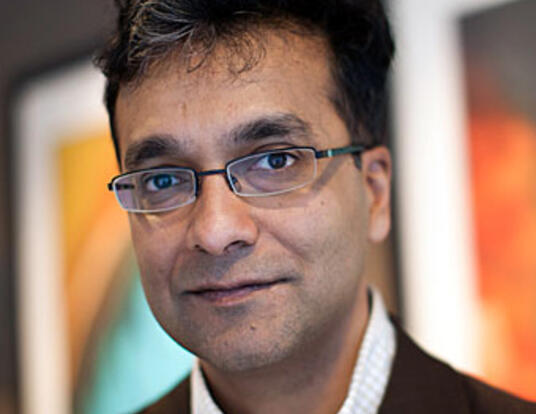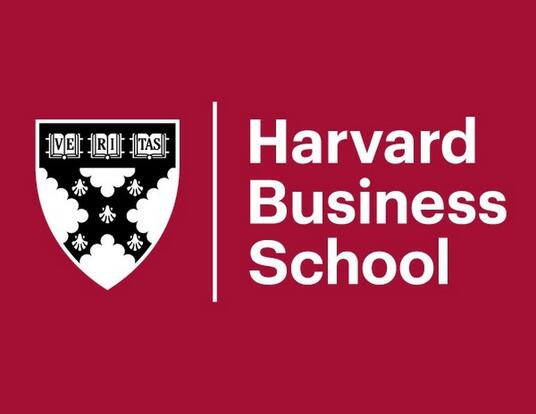Is Grass-Fed Greener?
Bulking up the nation’s herds could mean a big increase in GHGs

Matthew Hayek doesn’t have beef with the cattle industry—he just wants people to understand the environmental impact of the grass-fed burger on the menu at their favorite gastropub.
Hayek, who earned a PhD in environmental science and engineering at GSAS and the Harvard John A. Paulson School of Engineering and Applied Sciences in 2017, is currently researching greenhouse gas emissions from agricultural activities as a fellow at the Harvard Law School’s Farmed Animal Law & Policy Program.
Recent research Hayek and co-author Rachael Garrett, assistant professor at Boston University, published in Environmental Research Letters shows that, if the US shifted to exclusively grass-fed beef, about 30 million more cattle would be required to meet demand. Bulking up the nation’s herds by that amount would cause a 43-percent increase in emissions of the greenhouse gas methane from cattle.
“I think what this study presents is a roadmap for potentially moving towards a less industrialized and vertically integrated beef cattle management system,” he said. “But whatever we’re doing, the disproportionate land and greenhouse gas demand of beef relative to other foods, in particular plant-based foods, likely means that on average, Americans could stand to be eating less of it to reduce their food-based environmental impact.”
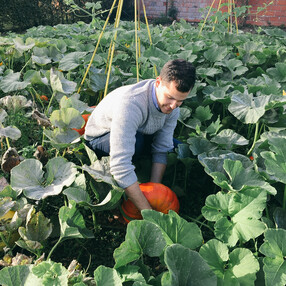
Hayek’s passion for agriculture was not cultivated on a farm; his childhood interest in science inspired him to study physics as an undergraduate at Wesleyan University. His interest in ‘green’ issues was piqued through his involvement in environmental justice organizations on campus.
Torn between pursuing a PhD in physics or environmental science, Hayek took time off for soul-searching. He started reading environmental science journals and realized his physics training would apply well in that realm. Hayek landed a job at the Smithsonian Environmental Research Center (SERC), where he worked on biogeochemistry experiments related to marsh grasses that were exposed to elevated carbon dioxide levels. He had found his calling in environmental science, and began applying to graduate schools.
“At the SERC, I got to see how mathematical models are used to come up with real-world conclusions, and how those models don’t tell you everything you need to know about the world. There’s always a bit of mystery and unknowing in the process of doing science that you need to struggle through,” he said. “I ended up carrying those struggles and that insight into my graduate career.”
Hayek joined the lab of Steve Wofsy, Abbott Lawrence Rotch Professor of Atmospheric and Environmental Science, where he worked to solve data mysteries related to an environmental monitoring study in Brazil’s Amazon rainforest. A decade of CO2 measurement data was showing that the rainforest was a source of CO2, when the researchers expected it to be acting as a CO2 sink.
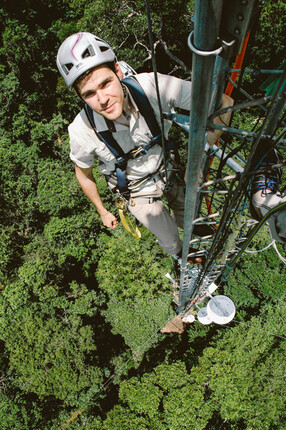
Using mathematical models, Hayek and his colleagues concluded that a 20-year-old method for data quality control was to blame. They developed new techniques to numerically and statistically model the exchange rates of greenhouse gases.
Their novel method took into account hidden CO2 storage pools below the rainforest canopy that had been underestimated or unobserved by previous models, as well as CO2-rich air seeping out the sides of the rainforest at night when atmospheric turbulence is low. Using their model, the theoretical and experimental results matched up.
“Hopefully, this work can help other researchers by painting a more coherent global picture,” he said. “By understanding with a little bit more certainty what the forests are doing to sequester CO2, we have a better idea of the whole earth system management of our CO2 emissions, including the oceans, the forests, and the atmosphere, and how our emissions are being partitioned.”
When he wasn’t repairing CO2 monitoring towers in oppressive tropical heat, reviewing reams of data in the lab, or brainstorming hypotheses, Hayek was socializing with grad school peers.
“I had a lot of colleagues start asking me why I wasn’t eating hamburgers at grad student barbecues,” he said. “I would tell them that, actually, animal agriculture contributes just as much, if not slightly more, to climate change—the thing that we’re all researching—than the entire global transportation industry.”
He began ordering vegetarian and vegan food for his journal club, and pushing for vegetarian items at student barbecues. With momentum growing, Hayek gave a lecture in 2012 titled “The Empirical Case for a Plant-based Diet,” where he discussed how the inefficiency of animal agriculture is a major contributor to climate change. More than 100 people attended and Hayek soon found himself immersed in the topic, spending free time reviewing literature about the environmental impacts of animal agriculture.
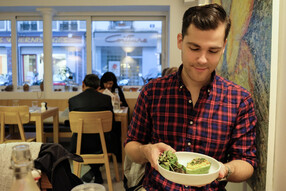
Things took off from there. Hayek gave many similar talks and served on a panel alongside officials from the EPA and Natural Resources Defense Council. The policy focus of those presentations, and conversations with law school friends, inspired Hayek to consider the Farm Animal Law & Policy Fellowship.
Since starting the fellowship, Hayek has studied the number of farmed animals in the U.S. and how they are managed. His research into the costs and benefits of factory-farming versus pasture-farming cattle sparked his focus on the environmental impacts of grass-fed beef.
In his most recent research, Hayek modeled how beef cattle move through production. They are typically raised on pastures as calves and then in feedlots for the final seven or eight months before slaughter.

He created a demographic model for the cattle population in the US, and then manipulated parameters to reflect a purely grass-fed system. Grass-fed cattle fatten up more slowly and reach lower slaughter weights than grain-fed cattle. Cattle that eat grass also produce more methane, Hayek explained, since their stomach chambers must break down cellulose, which produces methane as a byproduct.
His research emphasizes the many things to consider related to a grass-fed system, such as simply producing less beef overall, the impact of maintaining additional pasture-land, and growing more supplemental feed on current cropland. Hayek sees his work as a way to start important conversations.
“It was definitely rewarding to work on this project. It was a confluence of so many different parts of my life coming together,” Hayek said. “Now I want to expand. I want to take these modeling tools and apply them to a global stage and start looking at all food groups across the earth to see the impacts of moving globally toward more plant-based systems of protein production.”
This story originally appeared on the website of the John A. Paulson School of Engineering and Applied Sciences.
Get the Latest Updates
Join Our Newsletter
Subscribe to Colloquy Podcast
Simplecast




